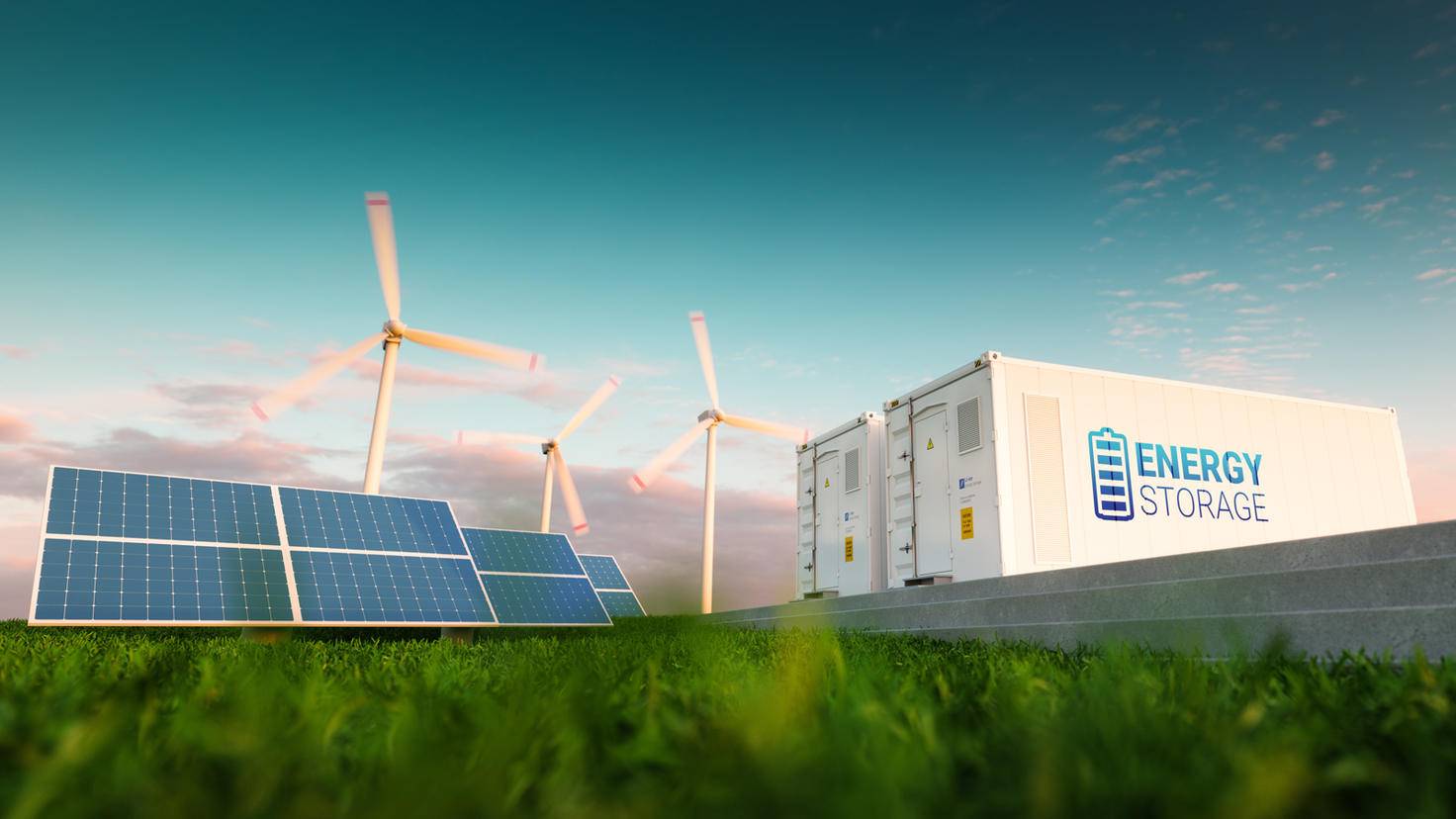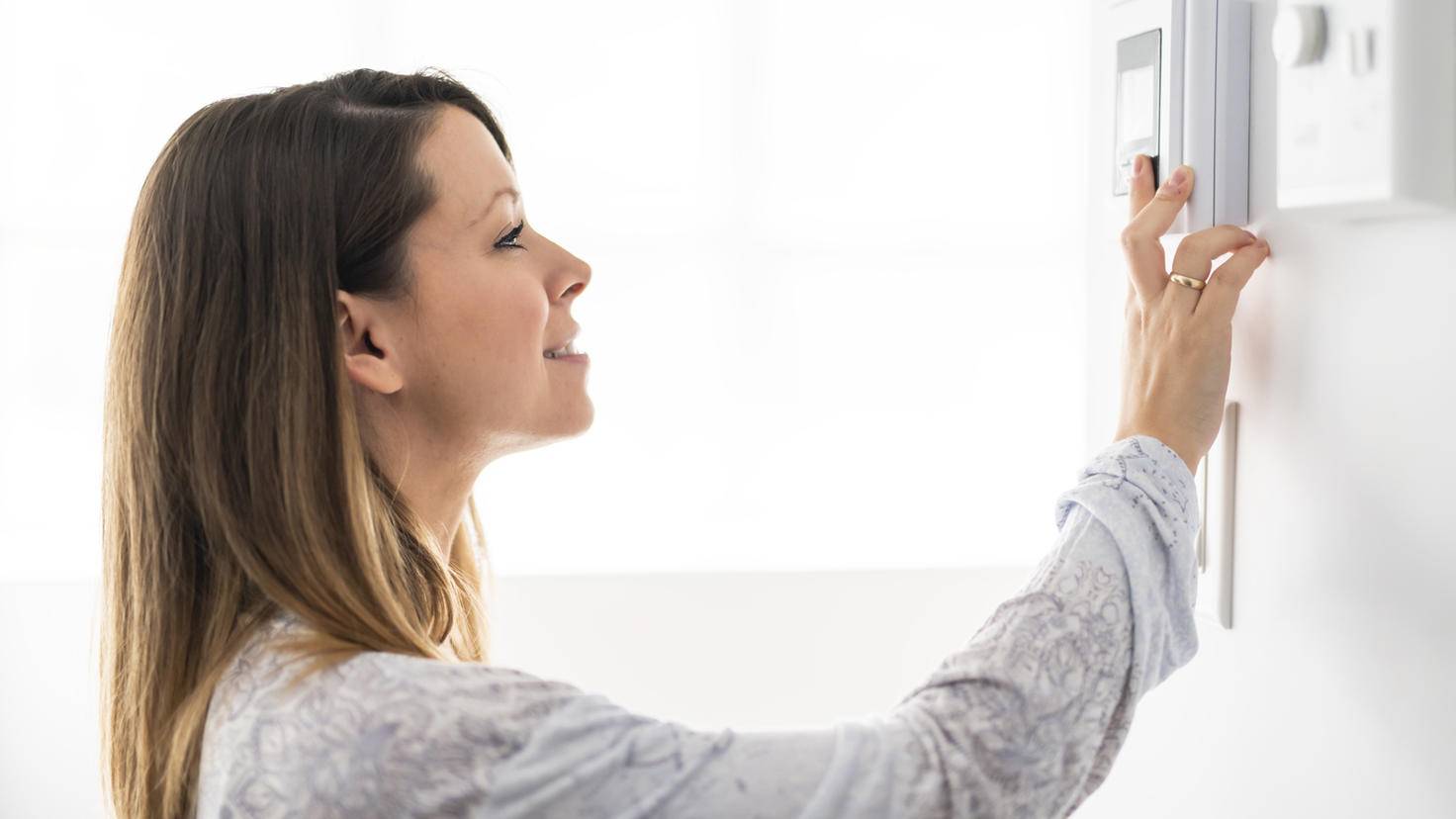“Smart Grid”: How smart technology helps to save electricity

What do “Smart Grid” and “Smart Grid Ready” actually mean? What are “smart meters”? And more importantly, what does all of this have to do with you? We took a closer look at the technology behind these terms and how it can help you save electricity.
Simply explained: What is Smart Grid actually?
Smart grids are power networks capable of monitoring energy flows and self-adapting to changes in supply and demand. Not only electricity but also data is transported in these networks. In this way, a stable electricity network is to be guaranteed even with an increasing proportion of green electricity, and overloads and failures are to be prevented. Because: The natural power sources cannot guarantee an exactly constant flow of energy. But that was necessary, at least until now, so that the power grid did not collapse.
In terms of how it works, this means in concrete terms: If the smart grid detects that more electricity is being produced than is required, individual generating systems – such as wind turbines or solar systems – can be throttled in a targeted manner. In addition, the smart grid can use so-called smart meters (more on this later) to force end users to consume more energy in order to reduce the surplus. The advantage for you as a consumer: You can enjoy particularly cheap electricity at these peak times. If the supply is greater than the demand, the price goes down.
With the help of the smart grid, renewable energies can be used more efficiently and safely integrated into the power grid.
Image: © malp/AdobeStock 2019
At the same time, electricity suppliers can react more flexibly to external influences when it comes to renewable energies. For example, if strong winds are reported, more wind turbines can be activated and the excess electricity produced can be stored for later. The same applies to solar systems. If the natural energy suppliers don’t play along, the stored electricity can be used. Smart grid technology thus helps to optimally coordinate supply and demand – in real time. This is the only way to keep the power grid stable.
Even private energy producers, i.e. private households with a photovoltaic system on the roof, can be easily integrated into the overall power supply with a smart grid.

Smart grid: Private solar systems can also be easily integrated into the power grid.
Image: © CLShebley/AdobeStock 2019
Smart Grid in Germany: The beginnings have been made
In order for the smart grid concept to work, intelligent power metering systems are required. The devices, also known as smart meters, measure the current power consumption and, if desired, communicate it in real time. The transmission takes place both via a display to the consumer and via the Internet, power lines and other communication channels to the higher-level control units of the electricity supplier. The smart meters also help to coordinate supply and demand in the power grid.

Thanks to smart meters, you can see your power consumption in real time, down to the comma.
Image: ©pololia/AdobeStock 2019
By 2032, writes the Consumer Center, all households in Germany should have at least one modern trade fair facility. This is a digital electricity meter that can be upgraded to a smart meter with an additional gateway.
What does “Smart Grid Ready” mean?
Devices that carry the “Smart Grid Ready” or “SG Ready” label can communicate with the intelligent electricity meters. You are able to benefit from the cheap electricity prices at certain times. For example, if the smart meter informs your washing machine that electricity is particularly cheap at the moment, the already filled and prepared household appliance can switch itself on and wash the laundry at a particularly inexpensive rate.
Heat pumps are the most popular at the moment different manufacturers like AEG and Bosch are compatible with the Smart Grid and therefore Smart Grid Ready. If there is a surplus of energy in the intelligent power grid, the smart heat pumps store it as heat – even when there is no need for heating. Later you can use the heat generated at the low electricity price for heating without having to use the electricity grid.
summary
- “Smart Grid” means “intelligent electricity network” and stands for a network that can react independently and in real time to changes in supply and demand. Not only electricity but also data is transported.
- The smart grid helps to ensure a stable power grid as the proportion of green electricity increases.
- “Smart meters” are electricity meters connected to the Internet. The devices are necessary for the smart grid to function.
- Smart meters measure the power consumption in real time and communicate it to you and the electricity supplier.
- Intelligent electricity meters are the prerequisite for smart household appliances to be able to benefit from low electricity prices.
- “Smart Grid Ready” means devices compatible with the smart grid and smart meters.
- Smart grid, smart meter and smart grid-ready devices work together to help use renewable energies efficiently and at the same time ensure a stable power grid.
- With intelligent use, you can reduce your electricity costs and protect the environment with lower CO2 emissions.

Reference-www.turn-on.de